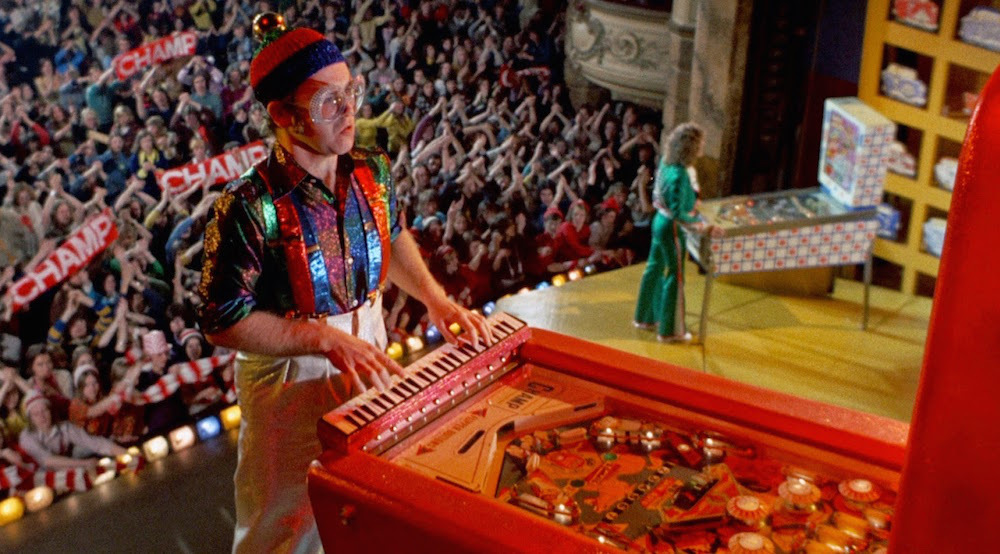
When I was a young movie-goers, many, many years ago I used to spent an inordinate amount of time in movie theatres. The movies I went to see were being viewed by hordes of young men 18-24 who at one time made up the ranks of a good proportion of movie goers, In fact the summer month almost depended entirely on the dating and the dateless and their attraction to the movie theatre.
I have three really big concerns about movie theatres today; I. Day and date and the erosion of the movie going experience put in play by the major studios 2. The lack of diverse product eroding at the amount of yearly admissions 3. The rapidly eroding base of Millennial movie goers. This year 15% of this market stopped going to movies all together. This really concerns me.
The last concern, the loss of the Millennial market really concerns me since it represent not only current business but business for future movie going, a 15% loss is more than significant.
What we are talking about is is the two youngest generations in our society, namely the Millennials (16 to 35 years old) and the generation behind them, Generation “Z”. This is a market size of over 155 million potential video game players in North America.
The target market is all individuals interesting in video gaming and internet culture between the ages of 16 and 35, commonly referred to as “millennials.” Our secondary market is the generation directly behind them, Generation Z. Individuals in this age range have grown up with video gaming and internet culture and see them as not only as a common entertainment medium, but also as their primary ones. According to the ESA, our full potential market in the United States is at least 155 million – the number of Americans who regularly play video games. 42 percent of Americans surveyed play at least three hours of video games per week, and four out of five American households hold some sort of video game device.
From the same report, more demographics:
The average game player is 35 years old.
26 percent of players are under 18 years old. 27 percent are over 50.
56 percent of players are male. 44 percent are female.
Frequent players say they spend 6.5 hours per week playing with others online and five hours playing with others in person.
Of those frequent gamers who play with others, 15 percent play with their spouse or partner.
U.S. consumers spent $22.41 billion on games in 2014.
Among traditional game sales, the top genres in 2014 were action (28.2 percent) shooters (21.7 percent) and sports (13.3 percent).
Now imagine if you can attract this economic activity to movie theatres. It would be huge.
The millennial market is proving to be a tricky one for existing entertain facilities such as theme parks and theaters to capture. This is because millennial consumption and viewing habits have changed drastically from their older peers as their development during the internet era has had a profound effect on the ways they consume their entertainment. Television, radio, cable, and movie theaters have become second tier options to online streaming channels such as Netflix and YouTube, and gaming has blossomed into a 22 billion dollar industry.
This generation and the one after it is characterized as having less disposable income and more debt, meaning they are particularly choosy on how they spend their excess capital. With less free income, they stay in more frequently and enjoy their entertainment at budget value, which also creates a problematic lack of social engagements. The silver lining of this market demographic, for movie theatres is that they overwhelmingly prefer their excess spend be applied to memorable experiences versus material goods and possessions.
They also use technology of build their owner version of communities. Now if we are movie people can assist the Millennials in focusing their local sense of community on the theatre, we will have develop strong and vibrant pools of eager consumers. Millennials ha just shifted the concept of community to embrace the technology they grew up with.
Digital communities match with the technology millennials learned to love throughout their childhood. They give millennials the ability to share their experiences and thoughts with family, friends, colleagues and, if desired, a huge audience of their peers around the world. Their connection can be constant, with no hierarchical barriers to limit their potential.
As an industry looking to engage millennials, it’s important for all of us to understand that contrary to popular opinion, millennials do have a strong sense of community. You need to recognize and embrace the new ways millennials are displaying their community ties. Once you do, you can start using technology and online communities to engage your millennial audience and draw them into your theatre.
I think if the theatres take the massively underutilized space in dormant auditoriums and lobby’s they can quickly concert their theatre into a multi-use entertainment complex. By combining existing venues with updated and modern entertainment mediums, you the theatre owner can open those venues up to new market segments and present these new customers with opportunities that are better aligned to their styles, tastes, and preferences.
The solution for this problem is not to create brand new entertainment structures or stand-alone venues, as this approach problematically targets the millennial and generation Z audiences exclusively and thus limits earnings potential. Instead, we pair our updated concepts within existing entertainment facilities in order to expand those facilities’ product offerings and make them more attractive to merging markets. This allows for scenarios featuring lower overhead and risk, while increasing total incoming foot traffic and increasing existing client base spend per person.
We feel that a theatre should offfer video gaming LAN centers; single screened, modernized movie and series viewing theaters; escape rooms; virtual reality centers; and more. If theatres are to be successful in this market and to remain agile and interconnected to emerging entertainment offerings they have to react and react hard to the needs of the emerging generations.
If you want to have a future you must engage this generation.

